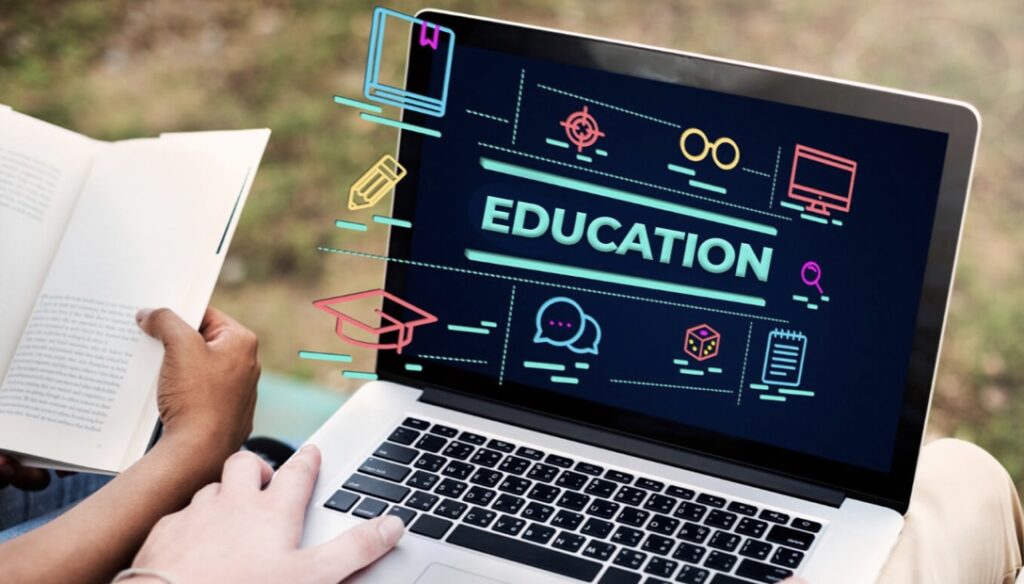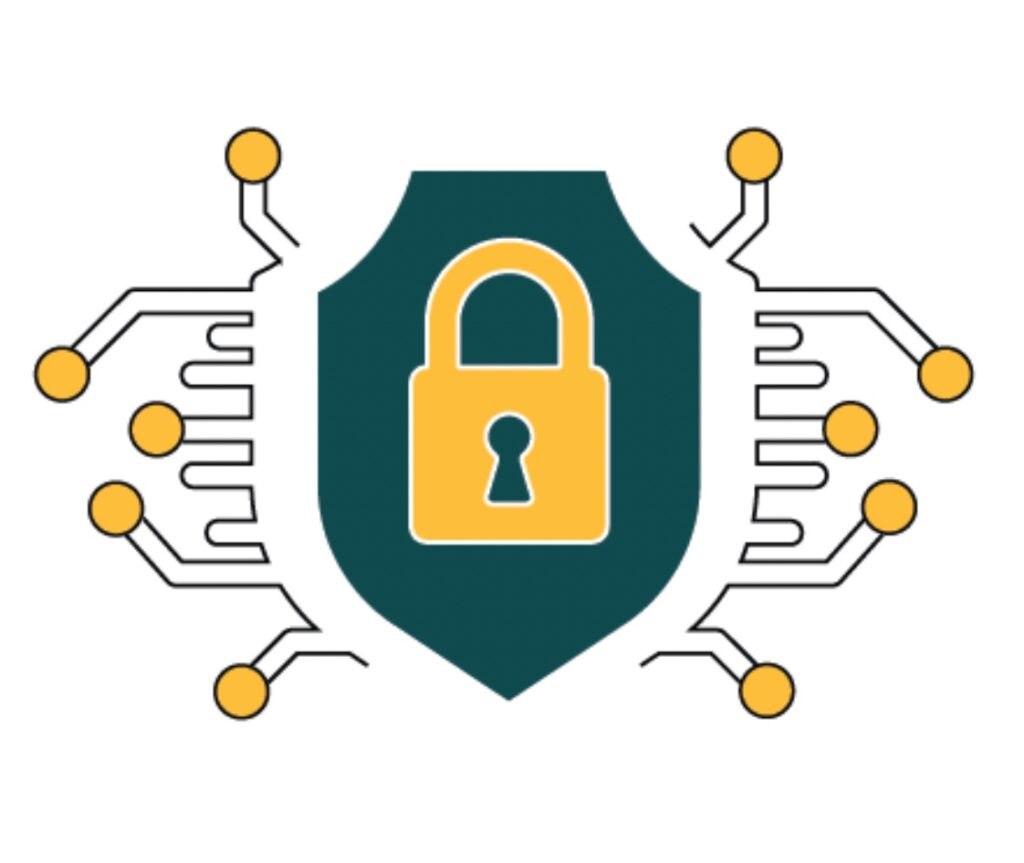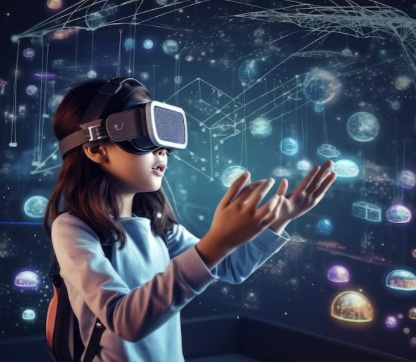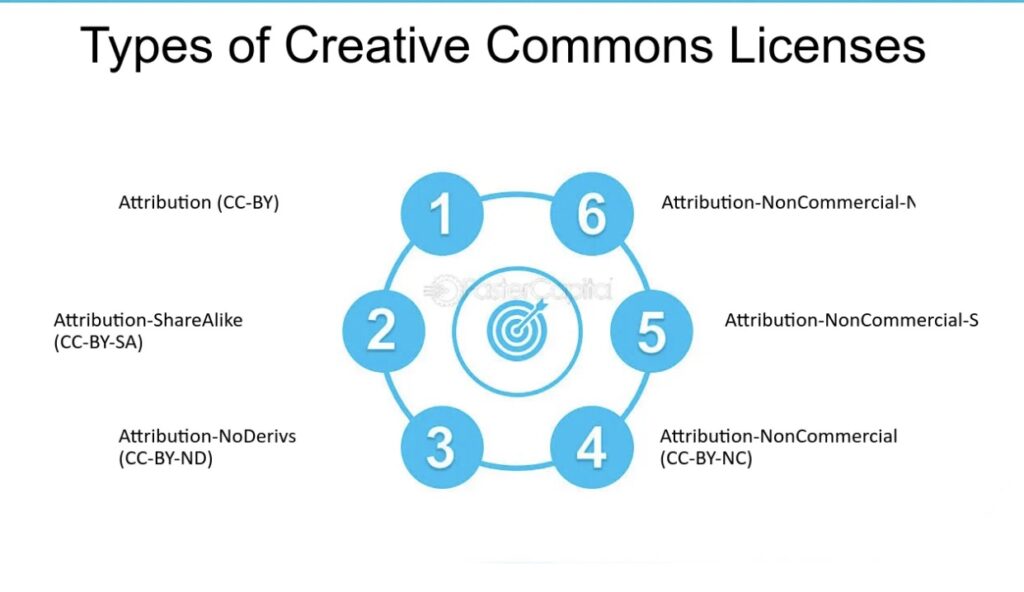
A table containing the keywords of this blog post and their definitions:
| Keyword | Definition | Source |
| Predictive Technology | Technology that uses current and historical data to make predictions about future performance. | Investopedia (n.d.) |
| AI (Artificial Intelligence) | The simulation of human intelligence in machines, allowing them to learn, reason, and perform tasks autonomously. | Forbytes (n.d.) |
| Data-Driven Decision Making | A process of making decisions based on data analysis and interpretation rather than intuition or observation alone. | Investopedia (n.d.) |
| Individualized learning | An approach that tailors educational experiences to meet the unique needs of each learner. | Munn (2020) |
| Learning Gaps | The disparities in student knowledge or skills that can impede progress in learning. | Holmes et al. (2021) |
| Personalization | Customizing learning experiences to address the needs, abilities, and preferences of individual | Forbytes (n.d.) |
| Inclusivity | Creating a learning environment where all students, regardless of background or ability, can fully participate and succeed. | Holmes et al. (2021) |
| Equity | Ensuring fair treatment, access, and opportunities in educational settings, particularly for marginalized groups. | IEEE (2020) |
| Privacy | Protecting individual information from unauthorized access, use, or disclosure, especially sensitive student data. | IEEE (2020) |
| Data Privacy | The right of individuals to control how their personal data is collected, used, and shared. | IEEE (2020) |
| Transparency | Openness about how systems, especially AI, make decisions, allowing users to understand the process behind outcomes. | Holmes et al. (2021) |
| Bias | Prejudice or favoritism within AI algorithms, often due to the biases in training data, which can lead to unfair outcomes. | National Institute of Standards and Technology (2022) |
| VR (Virtual Reality) | A simulated environment created with computer technology, enabling users to experience and interact with a digital world. | Forbytes (n.d.) |
| AR (Augmented Learning) | The integration of digital information with the real-world environment, enhancing how users perceive and interact with their surroundings. | Forbytes (n.d.) |
| Immersive Learning | An educational experience that fully engages learners, often by using technologies like VR and AR to enhance realism. | Forbytes (n.d.) |
Harnessing Predictive technology in Education: Enhancing Individualized Learning and Data-Driven Support
Predictive technology determines future performance based on current and historical data (Investopedia, n.d.). These technologies, including AI, have an increasing presence in education. They are thought to enhance educational experiences and act as a learning tool. The idea here is that predictive technology can foster data-driven decision-making. An example of the application of one of these AI platforms within the educational setting I have heard about is the implementation of the “DreamBox” tool. This is an adaptive math platform that apparently can leverage predictive analytics to assess student progress and adjust lesson difficulty (Forbytes, n.d.). This method aims to apply individualized catered math intervention so students can work independently. Predictive technologies can also offer timely support to close learning gaps. For instance, these AI applications could allow educators to identify a student falling behind and develop proper strategies and preventative measures (Munn, 2020).

The Benefits of AI in Education: Enhancin Personalization, Efficacy, and Inclusivity
There are many benefits to the application of AI in education. As I read more about the different ways AI can be utilized, one of the most notable benefits is the potential AI provides for personalized learning. Through all of our discussions on Open Educational Resources and the benefits of accessible learning for individuals with disabilities or any other diverse needs in the past weeks, It is essential not to forget that differentiated instruction based on individual student’s needs is essential. AI has been shown to aid this process of the introduction of differentiated education and allow students to work at their own pace. Furthermore, because of these factors, AI has been shown to increase engagement and retention of material (Forbytes, n.d.).

Additionally, it is essential to consider how instructors can utilize AI to improve their educational settings. AI can allow for the automation of routine tasks, such as grading specific assignments. If AI is utilized in this way, educators may have more free time and be able to direct their attention to focus on student-centered activities, allowing students to feel better supported in the learning environment (Holmes et al., 2021). Relating to accessibility and reaching students with diverse needs, AI can help educators create more inclusive classrooms and apply universal design for learning principles (Munn, 2020).
Next I will discuss how to navigate some of the challenges associated with AI, but before we dive into that I am going to suggest episode 382 of the “Everyday AI Podcast – An AI and ChatGPT Podcast “. This episode takes a unique perspective and discusses why AI literacy is essential for parents and kids in education and beyond. I believe that this podcast topic is a valuable addition to the content of this blog and conversation surrounding this topic because it discusses the importance of informing parents in addition to students and educators.
Navigating the Challenges of AI in Education: Equity, Privacy, and Teacher Training
Although AI provides many benefits for the learning environment, it is essential to consider the drawbacks and challenges that correspond with its application. First, the primary barrier to applying AI in the educational setting is the potential to widen the gap between resource-rich and resource-poor institutions (Holmes et al., 2021). Schools and universities needing more funding may be able to access AI tools and, therefore, be disadvantaged in specific domains, such as speed of knowledge acquisition and feedback on progress. AI also poses concerns regarding security and consent when applied within the educational setting. This is a concern because AI systems often rely on large datasets containing sensitive information. This may include but is not limited to student demographics, learning behaviors, and academic performance (IEEE, 2020). Therefore, it can sometimes be difficult for AI applications to ensure student privacy and receive proper consent from students and, in some cases, parents.

Furthermore, a challenge that should be considered is the barrier to teacher training on using AI effectively. Not all instructors will have adequate information on implementing AI usage properly; they may also not utilize AI to its full potential if ill-informed (Forbytes, n.d.). Several things can be done to address some of these challenges and ensure all students benefit from AI-driven tools. First, investment in infrastructure and access can help students utilize these tools regardless of socioeconomic background. As well as implementing educator courses for professional development and teacher training in AI usage. There could also be courses delivered on data privacy standards and ethical guidelines. It is difficult to ensure that all of these challenges are considered and accounted for, and because of this, people may be hesitant to implement AI platforms within teaching facilities. However, some steps can be taken to mitigate the associated downfaults.
This YouTube video further describes the benefits and challenges of integrating AI in Education. The video explores the growing role of Artificial Intelligence (AI) in education, highlighting both its potential to transform learning and the complexities it introduces. One major takeaway I took from the video is the importance of having a balanced approach. Enjoy!
Addressing Ethical Challenges in Classroom AI: Ensuring Privacy, Transparency, and Fairness
The ethical considerations of AI in education are complex. However, some issues in this domain include data privacy, transparency, and bias. Data privacy can become ethical if clear guidelines on how long data is retained, who can access it, and under what conditions it can be shared are not established beforehand. As I previously mentioned, AI systems often rely on large datasets, and the misuse of student information and unauthorized access must be prevented (IEEE, 2020). I mention transparency as an essential ethical consideration because students and educators should understand how algorithms arrive at specific recommendations. This is another reason why implementing courses to inform educators on how the application of AI works is essential. This could help with transparency and the maintenance of trust in the technology being used (Holmes et al., 2021).

Finally, according to (Munn, 2020), biases have been known to sometimes arise in AI algorithms. This may be because AI systems can unintentionally amplify existing biases if trained on historical data that reflects societal biases (National Institute of Standards and Technology, 2022). These factors highlight the need for continual oversight of the use of AI to ensure fairness and inclusivity. Once educators fully understand how they want to adapt AI programs to fit the needs of their classroom, they can implement this continuous oversight as well as work with students one-on-one to establish how the AI platforms can aid the individual support of the students going forward as well as address any questions the students may have. These steps, on behalf of the instructor, will ensure that AI is being utilized responsibly and ethically within the classroom.
Future directions: The Transformative Potential of VR and AR in Enhancing Long-Term Learning and Immersion in Education
This YouTube video on immersive learning experiences gives further insight into how VR can transform education. Additionally it provides helpful background information on VR that we discuss in more detail in the following paragraph.
(Forbytes, n.d.) discusses how VR and AR can create immersive learning environments and these emerging technologies may significantly impact education. VR stands for virtual reality, and AR augmented reality; these technologies could allow students to experience historical events or complex scientific phenomena in ways that traditional methods could not demonstrate. These technologies could enhance learning and material recollection in the next 5-10 years. I personally do not remember any of the details of the history class I took in grade 11, which was only 5 years ago. However, I remember some of my firsthand experiences that took place in grade 11. Suppose VR and AR can create lifelike experiences for the curriculum. In that case, the material these students are learning may stick with them for many years and be better transported to their long-term memories due to this delivery method. I also feel that within the next 5-10 years, the integration of these tools is inevitable, and the focus will shift from whether or not we should implement these tools to whether we can prioritize accessibility and inclusivity as we further implement these tools.









